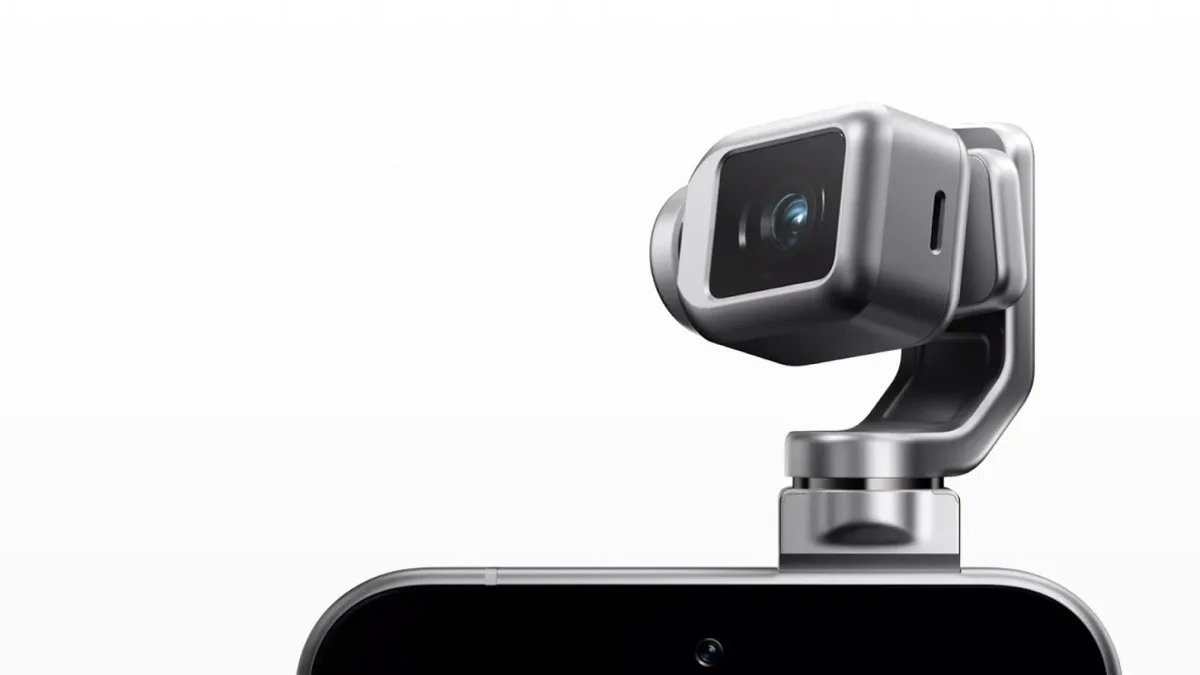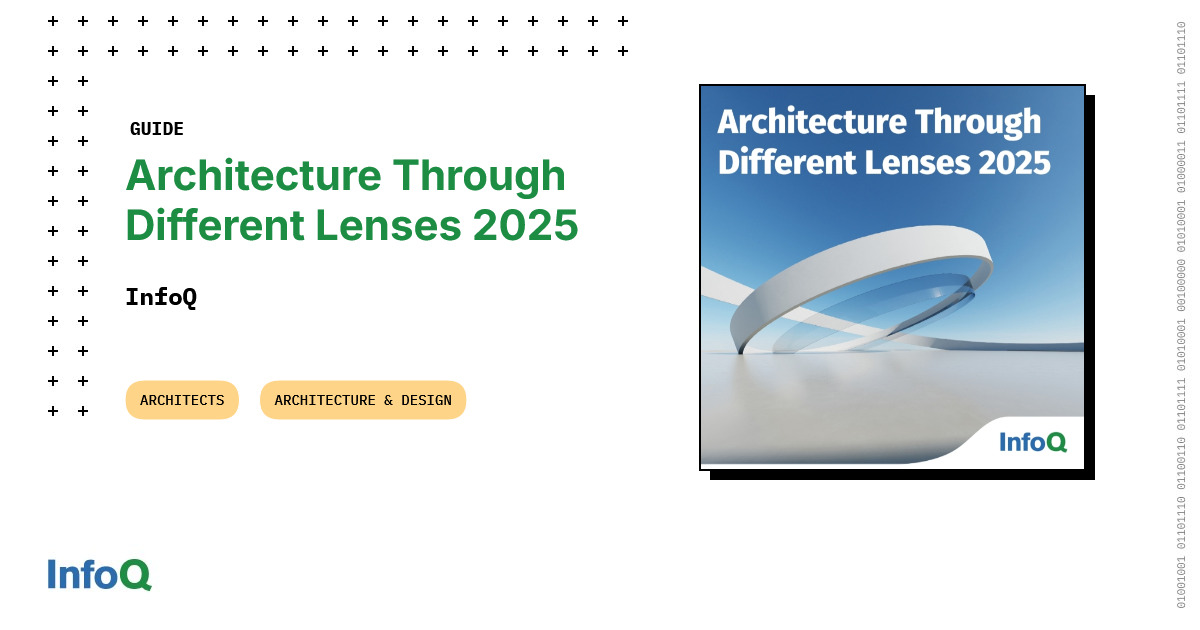In addition to SDR, the M2 Pro supports HDR10, HLG, and Dolby Vision, plus it adds Filmmaker mode to both the SDR and HDR lists. In my tests, it automatically switched to the appropriate picture-mode menu for every type of input I used, with separate menu lists for SDR, HDR10, and Dolby Vision. Hisense says the M2 Pro lacks a separate picture-mode list for HLG.
In my preliminary tests, the default choices for SDR and HDR10 picture modes produced vibrant colors, but not always accurate ones. This is actually not a bad choice for a room with bright ambient light, which tends to wash out the colors to tone down the oversaturation. For my formal testing in a dark room, however, I chose Filmmaker mode, which delivered more accurate color and good contrast with default settings.
The only changes I made were to adjust the Brightness level to set it correctly for a dark room and adjust frame interpolation—listed on the menu as Ultra Smooth Motion—to match my preference. Frame interpolation can improve the look of live or recorded video, but the default setting makes filmed material look like live video. I switched to the Film setting, which smoothed motion slightly without adding that “digital video” effect. After these adjustments, the M2 Pro scored well across the board, delivering solid color accuracy, including for skin tones, along with spot-on contrast and shadow detail.
(Credit: M. David Stone)
For my formal HDR tests, I viewed the HDR10 versions of the same scenes on disc as the SDR test. I picked the HDR Standard picture mode as having the best balance of overall brightness, color accuracy, and contrast. The only setting I changed for HDR was the frame interpolation, setting it to Film here, too.
Image quality for HDR was largely the same overall as for the SDR tests, except that some colors were a touch oversaturated. However, I’m very familiar with our test clips and can spot small differences; most people would probably not notice the oversaturation, and anyone who does probably won’t consider it enough of a problem to matter. I didn’t see any obvious improvement in shadow detail in the HDR versions, but that’s definitively not meant as a criticism in this case. It’s not that it didn’t hold well for HDR; it’s that it held so surprisingly well with SDR that there was little room for improvement. Informal tests with streaming material, including with Dolby Vision input, gave essentially the same level of image quality as in my formal tests.
The only real issue I observed in my testing was that rainbow artifacts (red/green/blue flashes) in dark-room viewing were more frequent and more obvious than with most DLP projectors today, which can be a potential issue for those who see them as easily as I do. I didn’t see any speckling, which can also be an issue for triple-laser models, but I don’t tend to see speckling as easily. As always, our advice is to buy from a dealer that allows easy, free returns so you can judge these two issues yourself.

(Credit: M. David Stone)
The spec sheet for the M2 Pro also lists support for 3D. However, it’s limited to support for top-bottom, left-right, and frame-packing formats. I was able to confirm it worked, in combination with DLP-Link glasses, using a left-right-format YouTube clip. Although Hisense said it should work with Blu-ray players, it didn’t work with ours, so I wasn’t able to run our usual tests for crosstalk and 3D motion artifacts. I didn’t see either with the material I viewed, but without clips that are known to cause these problems, that’s not a meaningful test.
The M2 Pro test unit wouldn’t sync with my Bodnar 4K Lag Tester at any resolution or refresh rate I tried, so I wasn’t able to get an input lag measurement. Hisense claims input lag measures of less than 20 milliseconds (ms) at 4K/60Hz, less than 12ms at 1080p/120Hz, and less than 6ms at 1080p/240Hz.
Using the Society of Motion Picture and Television Engineers (SMPTE) recommendations for a dark room, the rated 1,300 ANSI lumen brightness would be enough to fill a roughly 140-to-190-inch, 1.0-gain screen. In my tests, using my preferred settings, the image was comfortably bright for both SDR and HDR on my 90-inch-diagonal screen. On a cloudy day in a family room, I switched to one of the brighter picture modes and settled on a 75-inch-diagonal image for a suitably bright picture. The image was still watchable, though a little more washed out, when the sun broke through the clouds and the room brightened.










